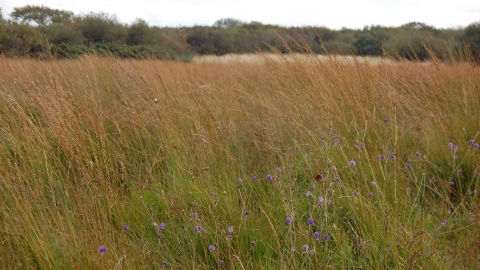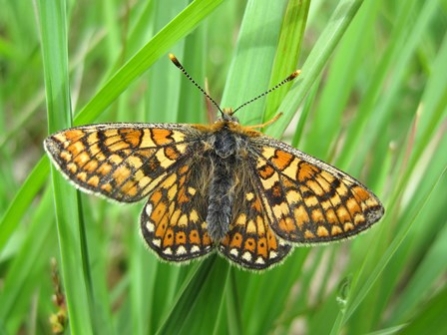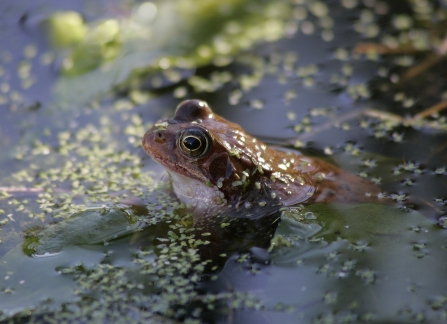
Meresfelle
Know before you go
Dogs
When to visit
Opening times
All year roundBest time to visit
April to OctoberAbout the reserve
Meresfelle is a precious reminder of the Culm grasslands that dominated the landscape of this part of north-west Devon.
It has survived until today because of the careful traditional management of Devon Wildlife Trust and its previous owners.
Ash dieback
The disease ash dieback is now widespread in the UK and is present at many of our nature reserves, so we carry out tree felling across our sites in winter months. For your own safety please observe temporary path diversions and closures.
Where possible we will leave affected ash trees in place to decay naturally as an important habitat for wildlife. We plan to only fell diseased ash trees which pose a threat to people or infrastructure. Before trees are felled, we will check whether any rare or protected wildlife is present. If it is, we will postpone or avoid felling these trees. No felling will take place during the bird nesting season.
DWT’s Saving Devon’s Treescapes project are working with communities, landowners and businesses to help make Devon's precious treescapes more resilient in the face of ash dieback. Find out how you can get involved here.
NOTICE: If you are visiting our reserves, please note that there have been instances of H5N1 Avian bird flu found in birds in Devon. There is very low risk to public health, but we do ask that if you come across any unusual or unexplained bird deaths on or near our reserves, please do not touch them and avoid allowing your dog to come into contact with dead birds. Please report them to Defra here or call 03459 335577 and also report your findings to DWT by email at contactus@devonwildlifetrust.org.
Contact us
Location map

Marsh Fritillary. Photo, Mike Symes
Culm grassland can be extremely wet and rough underfoot, making Meresfelle a place to visit in summer and early autumn. Time your visit correctly and in May, June and early July you'll see wildflowers make this site a particularly colourful place to visit during late May and June. The rare marsh fritillary butterfly is also found here.

Frog. Photo, Mike Tuckett
A pure pleasure
Meresfelle's network of pools, ditches and runnels in the grassland make this a rich site for dragonflies and amphibians. Tread slowly and carefully and you might spot a sunbathing grass snake or adder. Frogs and toads can also be spotted.
Meresfelle is a long way from any city. It's pure air quality mean that its trees hang with lichens, mosses and ferns. At the reserve's southern edge is the River Torridge. In summer the river's clear waters support large populations of riverflies (stoneflies, midges, mayflies, etc). These make a good meal for the hundreds of small brown trout that patrol the water.
